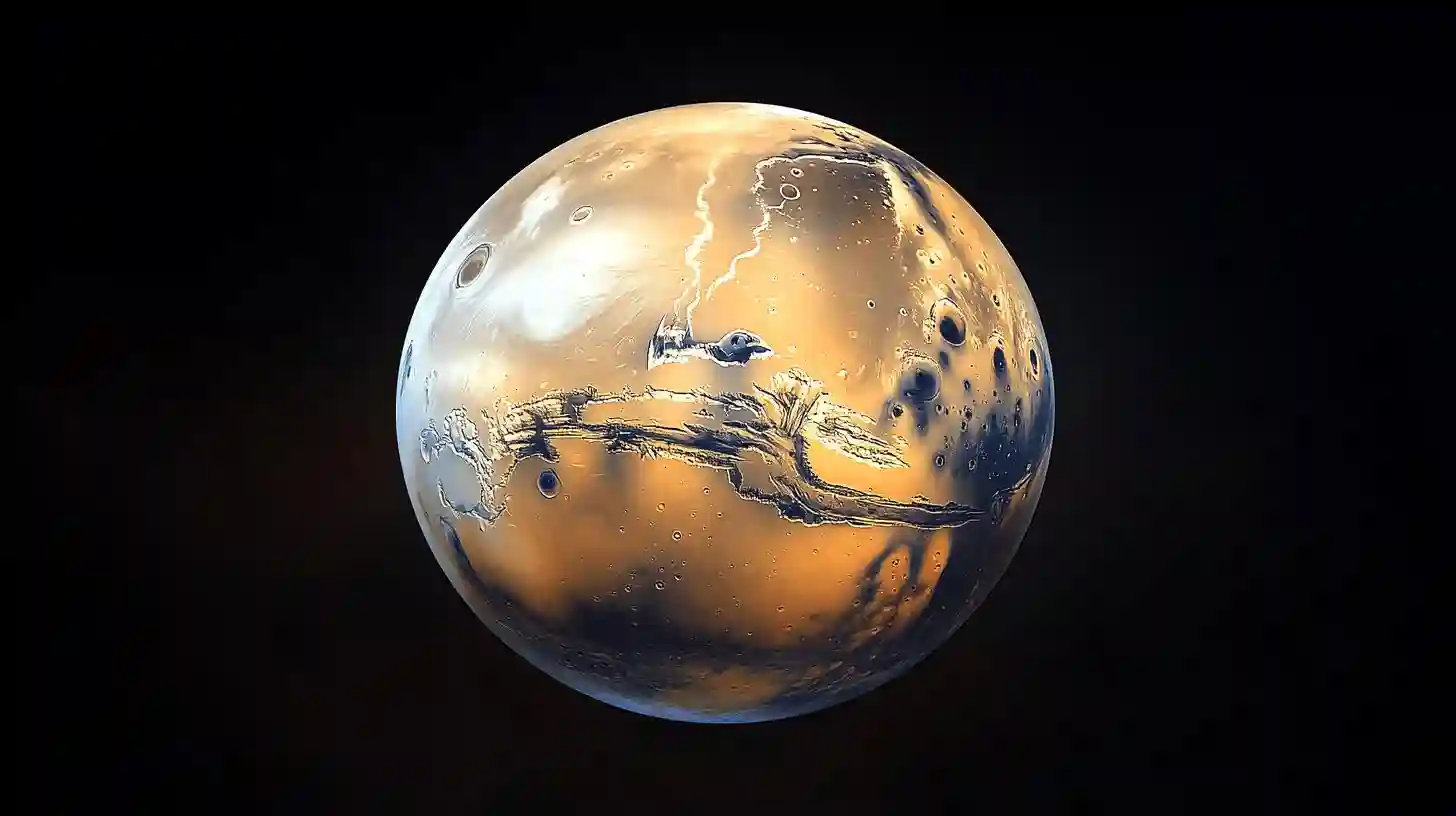
Infospherezone

The discovery of water on Mars has revolutionized the understanding of the Red Planet and piqued the interest of scientists, researchers, and space enthusiasts alike. For decades, the question of whether life could exist beyond Earth has intrigued humanity, and the presence of water is often considered a vital component for sustaining life. Recent observations and analyses conducted by various missions have revealed strong evidence indicating that liquid water may indeed exist on Mars.
NASA, through its Mars rovers and orbiters, has made significant strides in the quest for water. High-resolution images captured by the Mars Reconnaissance Orbiter have shown features resembling dry riverbeds, ancient lakes, and minerals that typically form in the presence of water. These findings suggest that Mars once had a much wetter environment, capable of supporting life forms. The Curiosity rover, which has been exploring Gale Crater since two thousand twelve, found evidence of ancient streambeds and clay minerals, which are indicative of a wet past. The ongoing mission continues to analyze the Martian surface, providing further insights into its geological history and hydrology.
Moreover, scientists have identified seasonal dark streaks on some Martian slopes, known as recurring slope lineae. These streaks appear to ebb and flow with Martian seasons, suggesting the presence of briny liquid water that could be seeping to the surface during warmer months. This discovery is ground-breaking, as it implies that water is not just a relic of Mars' past but might still exist today. The potential for current water sources increases the possibility that microbial life could also survive in Martian conditions.
The significance of water on Mars extends beyond the search for extraterrestrial life. Understanding the planet’s water history can also shed light on planetary evolution, climate change, and the processes that govern both Earth and Mars. Scientists theorize that during its formative years, Mars possessed a thick atmosphere and surface water similar to Earth. Over time, it underwent a dramatic transformation, losing much of its atmosphere and the majority of its surface water due to a complex interplay of geological and atmospheric factors.
The presence of water is crucial for future human exploration and colonization efforts on Mars. Water is not only essential for human survival, but it can also be used to produce fuel through the process of electrolysis, which separates hydrogen from oxygen. This ability to harness in-situ resources is a fundamental aspect of sustainable exploration, reducing the need to transport supplies from Earth. The potential for water ice deposits on the surface and beneath the Martian soil presents opportunities for manufacturing water, food, and oxygen for future astronauts.
Numerous missions are currently planned for Mars in the coming years, aiming to further investigate the presence and characteristics of water on the planet. The Mars Perseverance rover, which landed in February of last year, is equipped with advanced scientific instruments designed to search for signs of life and collect samples that may contain organic compounds and microbial fossils. Its exploration of the Jezero Crater, a former lake, is expected to provide valuable clues about Mars’ watery past.
International collaborations, such as the Mars Sample Return mission, are also in the works, aiming to bring Martian soil and rock samples back to Earth for detailed analysis. These initiatives reflect a unified scientific effort to unravel the mysteries of Mars and assess its potential for harboring life. As technology advances and our understanding of Mars deepens, the possibilities for future exploration become increasingly exciting.
While challenges remain in terms of technological development, funding, and overcoming the harsh Martian environment, the breakthroughs in discovering water signify a pivotal moment in space exploration. The ongoing quest to determine the potential for life on Mars reflects humanity’s innate curiosity and desire to explore the cosmos. As scientists continue to piece together the puzzle of Mars’ history and examine the implications of water on the planet, the dream of exploring Martian landscapes and maybe even establishing human presence there draws closer to reality. This moment in history marks a newfound optimism and determination to unveil the secrets of the Red Planet, encouraging a generation of innovators and explorers to look beyond our own world for answers and inspiration.